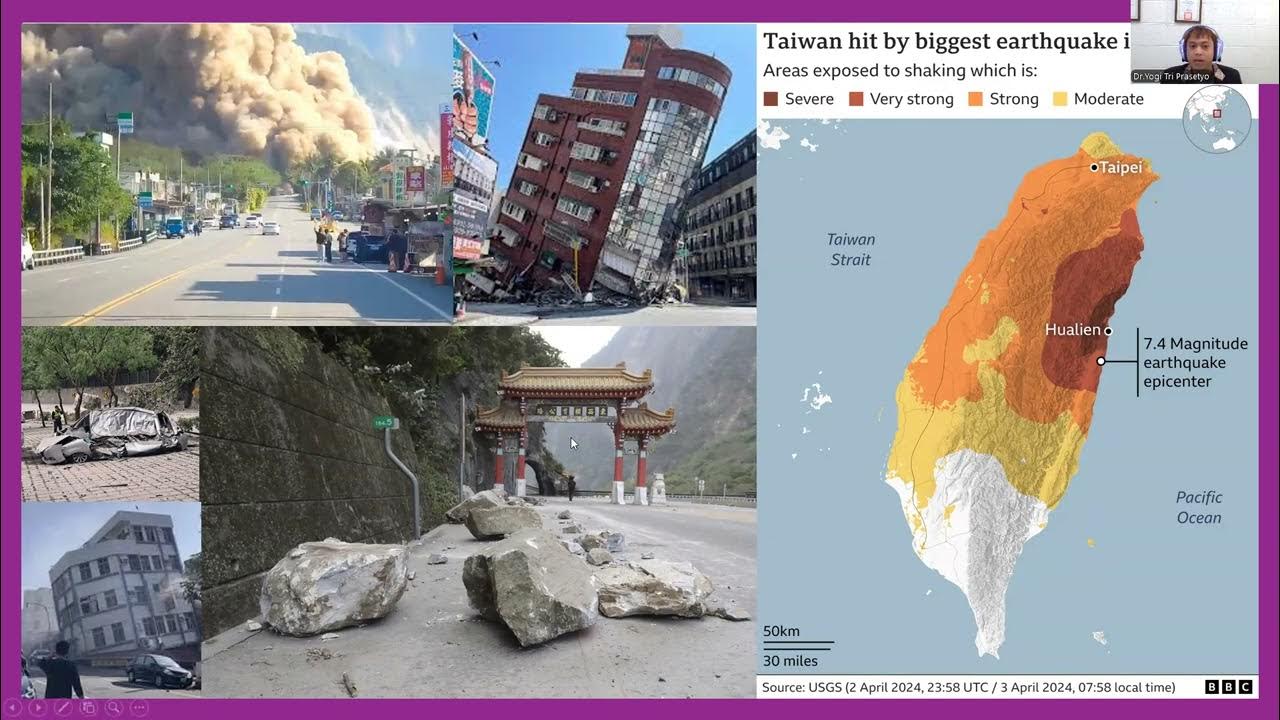Teori Komunikasi Kontemporer; Teori Media Framing
Summary
TLDRIn this informative video, Ayudia discusses media framing theory, highlighting its role in shaping public perception. She explains how media influences understanding of issues by emphasizing certain aspects, using specific language, and reflecting ideological biases. Through examples from Indonesia, particularly regarding fuel price increases, she contrasts the framing by pro-government, independent, and social media. This exploration reveals how different media narratives can evoke varied public responses, underscoring the importance of critical media consumption. Ayudia emphasizes that awareness of framing helps audiences navigate information more intelligently in today's media landscape.
Takeaways
- 😀 Media framing is a crucial theory in contemporary communication that helps analyze how information is presented.
- 📰 The theory was introduced by Ervin Goffman in 1974 and later developed by researchers like Robert Andman.
- 🔍 Media framing influences our understanding of issues by highlighting specific aspects of events or topics.
- ⚖️ Important elements of media framing include emphasis, framing direction, and bias influenced by political and economic interests.
- 📊 Different types of framing include thematic vs. episodic framing, conflict vs. morality framing, and causality framing.
- 💡 A real-life example of media framing is the coverage of fuel price increases in Indonesia, showing varying perspectives from different media outlets.
- 🏛️ Pro-government media frame the price hikes as necessary for national economic stability, portraying the government positively.
- 💔 Independent and critical media focus on the adverse impacts of price hikes on everyday citizens, emphasizing public dissent.
- 🌐 Social media framing can be emotionally charged and varies widely, influencing public opinion rapidly and leading to polarization.
- 🤔 Understanding media framing is essential for consumers to critically assess the information they receive and recognize bias.
Q & A
What is media framing?
-Media framing is a theory that explains how media influences the audience's understanding of issues by presenting information in a specific way.
Who introduced the concept of media framing?
-The concept of media framing was first introduced by Erving Goffman in 1974.
What are the key elements of media framing?
-The key elements of media framing include highlighting certain aspects of an issue, guiding audience interpretation through specific language or images, and the potential for bias influenced by political, economic, or ideological interests.
What is the difference between thematic and episodic framing?
-Thematic framing provides a broader context for an issue, while episodic framing focuses on specific incidents or events.
How do pro-government media frame the issue of fuel price hikes?
-Pro-government media tend to frame fuel price hikes as necessary for economic stability, emphasizing rational explanations and portraying the government as responsible for finding solutions.
What perspective do independent media take regarding fuel price hikes?
-Independent media focus on the negative impacts of fuel price hikes on the lower class and often question government policies, highlighting public dissent and hardships faced by citizens.
How does social media contribute to framing?
-On social media, framing can be more emotional and varied, with users expressing different viewpoints, leading to polarized opinions regarding issues such as fuel price hikes.
What is the potential impact of media framing on public opinion?
-Media framing can shape public opinion by influencing how issues are perceived, which can result in emotional responses such as sympathy for victims or anger toward government actions.
Why is it important for audiences to be critical of media framing?
-It is important for audiences to be critical of media framing to understand that the information presented may be shaped in ways that influence their perspectives, allowing them to consume information more intelligently.
What example does the video provide to illustrate media framing in action?
-The video uses the example of fuel price hikes in Indonesia, illustrating how different media outlets frame the issue differently based on their affiliations and perspectives.
Outlines

Esta sección está disponible solo para usuarios con suscripción. Por favor, mejora tu plan para acceder a esta parte.
Mejorar ahoraMindmap

Esta sección está disponible solo para usuarios con suscripción. Por favor, mejora tu plan para acceder a esta parte.
Mejorar ahoraKeywords

Esta sección está disponible solo para usuarios con suscripción. Por favor, mejora tu plan para acceder a esta parte.
Mejorar ahoraHighlights

Esta sección está disponible solo para usuarios con suscripción. Por favor, mejora tu plan para acceder a esta parte.
Mejorar ahoraTranscripts

Esta sección está disponible solo para usuarios con suscripción. Por favor, mejora tu plan para acceder a esta parte.
Mejorar ahora5.0 / 5 (0 votes)






